Difference Between Cybrids and Hybrids
Key Difference
Cybrids and hybrids are terms used in the field of genetics and biology to describe organisms with combined genetic material, but they differ significantly in how this combination is achieved and the nature of the resulting organism.
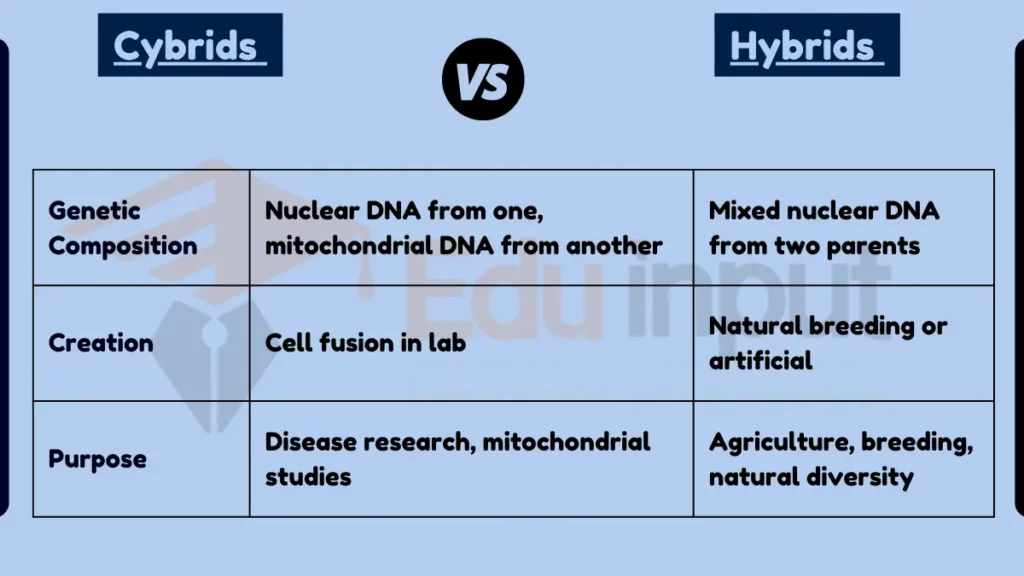
Cybrids, or cytoplasmic hybrids, are created by fusing the cytoplasm of one cell with the nucleus of another, resulting in an organism that has the nuclear DNA of one species and the mitochondrial DNA of another. Hybrids, on the other hand, are the result of breeding between two different species or strains, leading to an organism that has a mix of genetic material from both parents in its nucleus.
Comparative Analysis
- Genetic Composition:
- Cybrids: Nuclear DNA from one species, mitochondrial DNA from another.
- Hybrids: Mixed nuclear DNA from two different species or strains.
- Creation Process:
- Cybrids: Laboratory process involving cell fusion.
- Hybrids: Typically occur through natural breeding or artificial insemination.
- Purpose and Use:
- Cybrids: Used in research, such as studying diseases and mitochondrial functions.
- Hybrids: Often found in agriculture, breeding programs, and natural processes.
- Examples:
- Cybrids: Experimental cell lines in biomedical research.
- Hybrids: Mules (horse-donkey), ligers (lion-tiger).
- Characteristics:
- Cybrids: Retain characteristics of the nuclear DNA species with mitochondrial traits of another.
- Hybrids: Display blended traits from both parent species.
Table Summary of Cybrids and Hybrids
| Feature | Cybrids | Hybrids |
|---|---|---|
| Genetic Composition | Nuclear DNA from one, mitochondrial DNA from another | Mixed nuclear DNA from two parents |
| Creation | Cell fusion in lab | Natural breeding or artificial |
| Purpose | Disease research, mitochondrial studies | Agriculture, breeding, natural diversity |
| Examples | Biomedical research cell lines | Mules, ligers |
| Characteristics | Nuclear DNA traits, mitochondrial influence | Blended parent species traits |

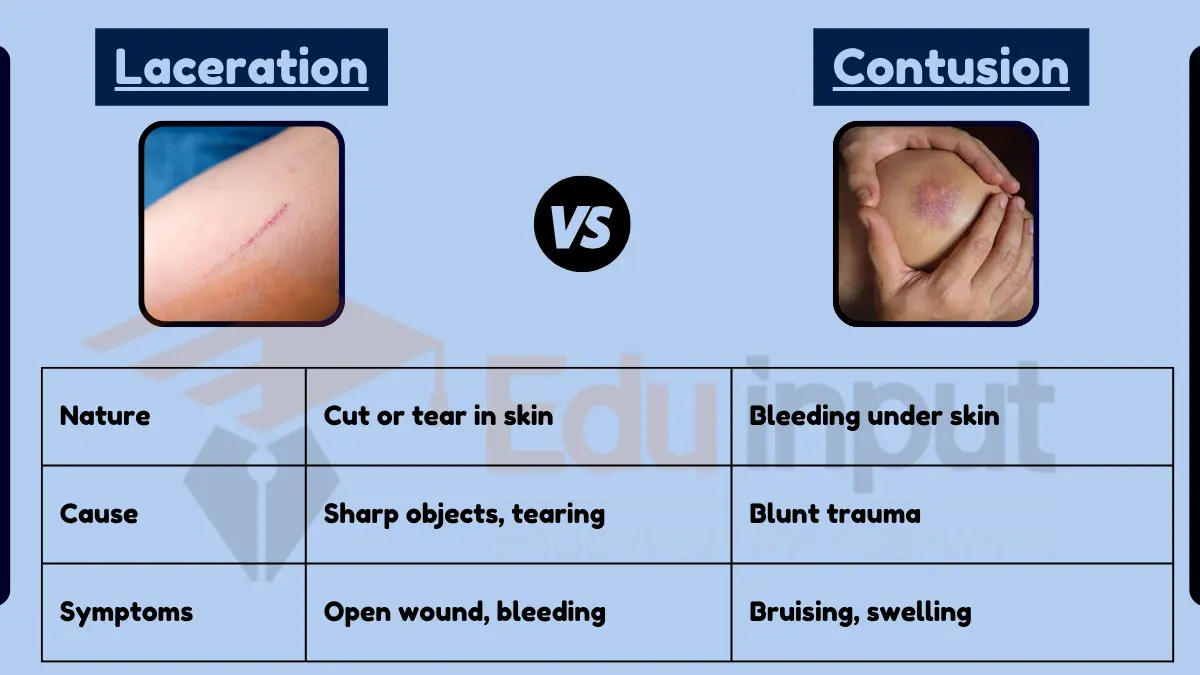
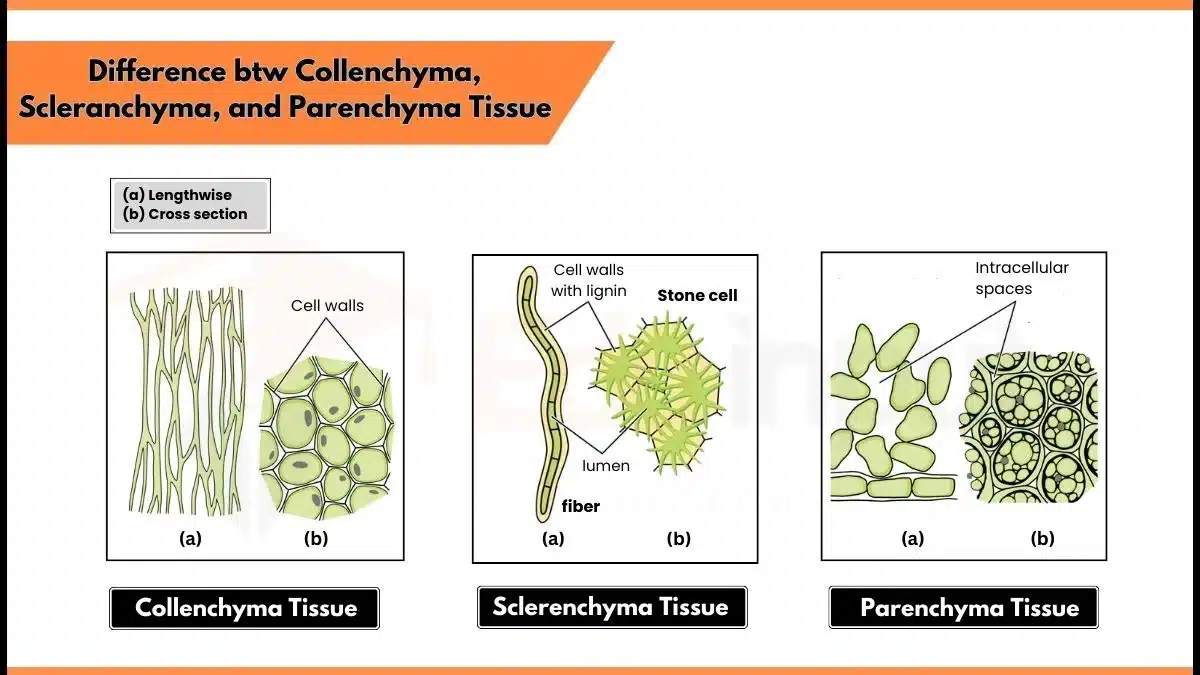
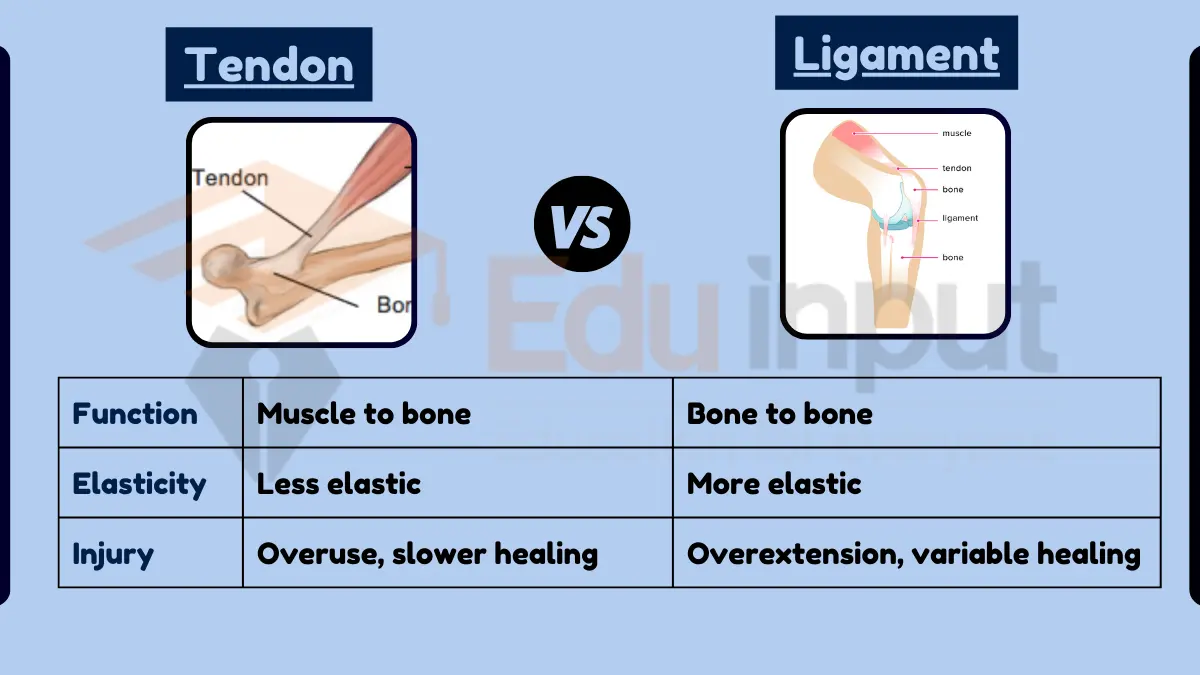
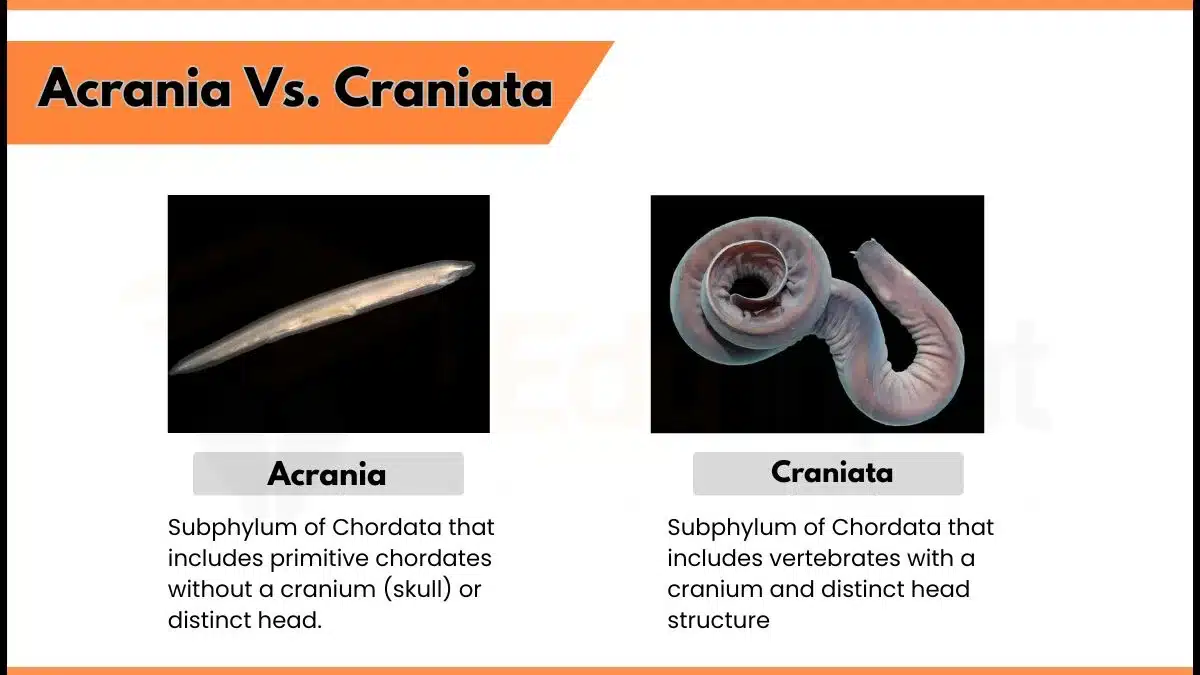


Leave a Reply